Herbalism transition can be challenging for some people, and seasonal changes can cause a dramatic change in mood. In these cases, a herbal ally to help transition is damiana. Here are a few herbs to keep in mind. In this article, we’ll discuss the use of these herbs, as well as the benefits of aromatherapy blends. And don’t forget the aromatherapy blends: chamomile, lavender, and eucalyptus are all good choices for transitional seasons.
- Transition To The Burdock Root
- Herbalism And The Burdock Root
- Herbalism And The Hawthorn
- Understand Hawthorn Herb Importance
- Herbalists & Aromatherapists
Herbalism And The Burdock Root
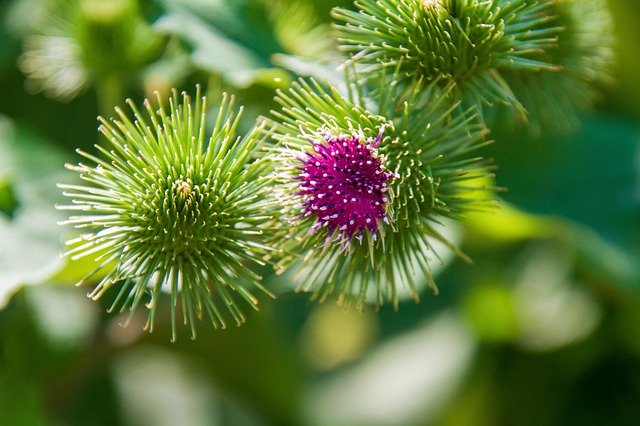
Burdock root has many benefits and is an excellent herb for anyone who wants to transition into an herbal lifestyle. Its slight sweetness makes it a delicious addition to stir-fries and soups. Young burdock stalks can also be cooked like asparagus. Burdock provides grounding energy and has many medicinal properties. In addition, it is a powerful herb for those who have unhealthy attachments to people or things.
Research on the antioxidant properties of Burdock root oil has revealed that it can protect the kidneys, liver and blood from oxidative damage. It is a powerful antioxidant and significantly reduces the formation of free radicals. This herb may also help to normalize hormone levels. While the effects of burdock root are preliminary, the plant can protect the body from irradiation and the combined effects of hexavalent chromium and gradiation. It may help to prevent the damaging effects of animal induced oxidative stress.
Burdock root has a long history in both western herbalism and the Far East. It is used for various internal purposes, including promoting healthy digestion. This particular root also supports the elimination pathways and promotes a healthy gut flora. In addition It is also used for skin problems, supporting transitions between seasons. It can be taken as a decoction, tincture or powder. This root has many health benefits and can be a valuable addition to your herbal routine.
Transition To The Burdock Root
Acupuncture can benefit your skin, too, as it supports liver function and reduces high estrogen levels. Burdock is an effective blood cleanser, supporting the liver and kidneys and increasing the amount of nutrients available for skin repair. It also improves mood and appetite, and it is one of the few herbs you can take internally. It is also a powerful herbal supplement that helps with constipation, diarrhea, and loss of appetite.
The effectiveness of this herb is based on its use as an herbal remedy. Burdock root is effective against bacteria, including b-lactamase, as well as other antibiotic-resistant strains. The research was published in J. Microbiol. Biotechnol. in 2010. Its antibacterial and antibiofilm activities are also promising for humans. Its antioxidant properties make it an ideal natural treatment for many disorders.
Herbalism And The Hawthorn
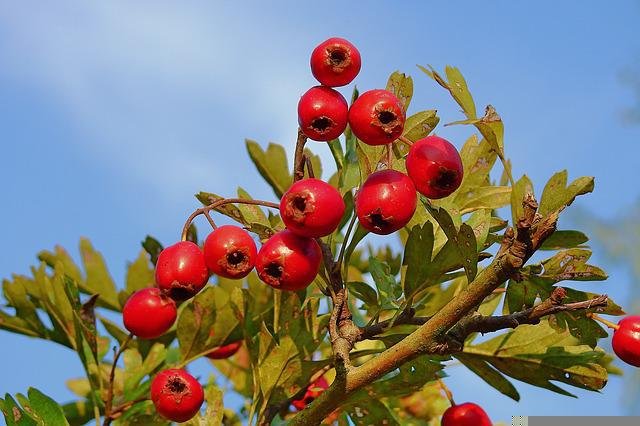
Herbalists have used hawthorn for centuries because of its benefits for the heart. It is an excellent herbal remedy for heart problems due to its flavonoids, which are plant-based pigments with various actions. Inhaled hawthorn has a heart-friendly effect by improving circulation and promoting enzyme production in the heart muscle. Additionally, hawthorn has a heart-protective effect by decreasing blood pressure.
The bitter alkaloids in hawthorn make it a heart-stable tonic. Its catechins contribute to its astringent action and help to process other herbs through the circulatory system. Hawthorn is particularly beneficial for people with high blood pressure and heart problems. A daily dose of hawthorn in any form is beneficial for heart patients. This herb is also effective in treating angina.
Understand Hawthorn Herb Importance
The energetics of hawthorn are cooling and mixed with moisture. The berries are pleasantly moistening and slightly sour. The leaves and flowers are astringent and tend to have an overall drying effect. Hawthorn is an excellent choice for people with heart disease, but caution should be exercised when taking hawthorn. Regardless of whether you use fresh or dried hawthorn, it will yield a thick and oily tincture.
It can be beneficial for the physical heart as well as the spiritual. Hawthorn has beneficial flavonoids and procyanidins, which improve circulation and promote general wellness. Additionally, hawthorn may increase the effectiveness of heart medications, such as Digoxin. Nevertheless, hawthorn is not a suitable herbal remedy for children and pregnant women. If you are pregnant, breastfeeding, or have any type of heart disease, you should consult with your physician before using hawthorn.
Researchers have found that hawthorn can be used as a tonic. However, it is recommended that you consult with your primary care physician before taking hawthorn. It should be used in moderation, as it is similar to other berries that are popular for eating. Moreover, hawthorn berries are used in herbal tinctures and vinegars. You should use hawthorn berries sparingly, since they can cause side effects.
Herbalists & Aromatherapists
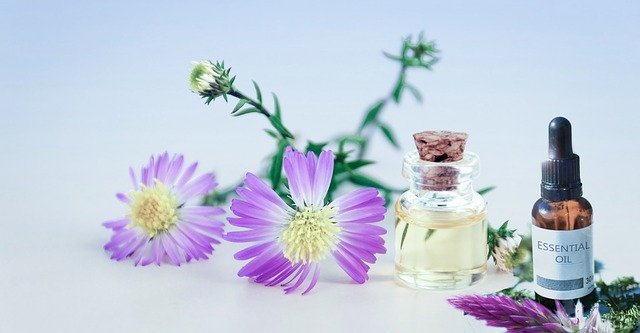
Many people confuse herbalists and aromatherapists when it comes to essential oils. Although they are closely related fields, these two practices are different in many ways. Herbalists often misunderstand how essential oils should be used. Here are some examples of herbal blends. A blend is composed of two essential oils: a core and enhancer essential oil. A core essential oil serves a primary purpose and is considered the heart of synergy. An enhancer oil, or a blending agent, is used to support or strengthen the core essential oil.
When making essential oil blends, always remember to test them first on a cotton ball or testing strip. Make sure to note the results in your blending notebook. You can also experiment with the blends to see what works best. To make a blend that is particularly effective, start with a small amount and use it to find what works for you. You can always use it for another purpose in the meantime. A small amount of the essential oil blend will do.
Dianne Rand
An herbalist’s transition to gardening is often a difficult one, but Dianne Rand has been gardener for over 15 years. Her back yard includes a small circle of grass in the middle and deep garden beds on the perimeter. She has 2 mulberry trees, an Austrian pine, and an apple tree. She has been adding soil amendments and repeated plants she likes. Her herbalism transition is as much a process of trial and error as it is an academic study.
Herbalism Transition

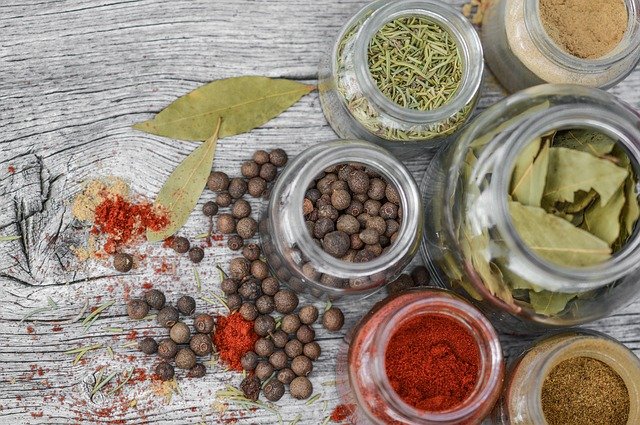




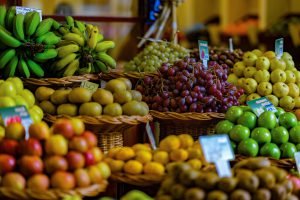





All the tips one needs to unlock the potential of higher self.